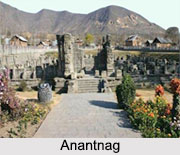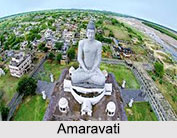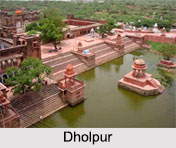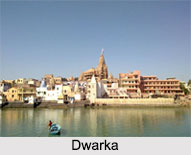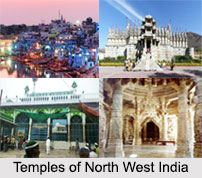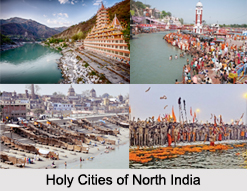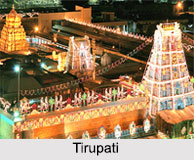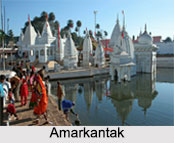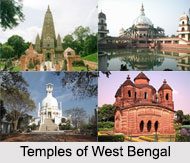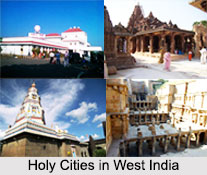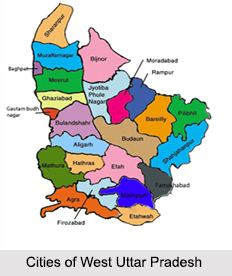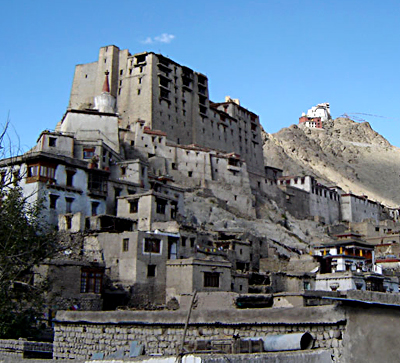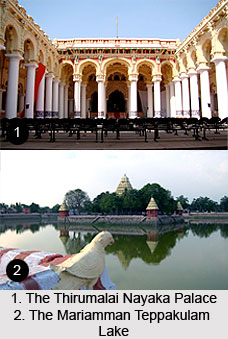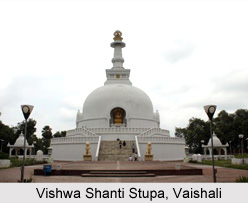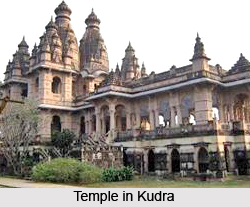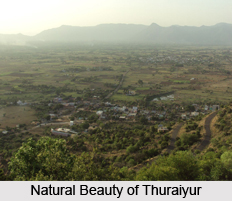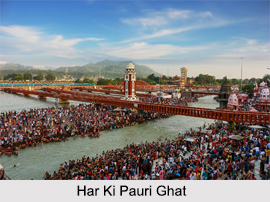History of Ghaziabad dates back to 1976. Ghaziabad was the Tehsil of District Meerut before 14th November 1976. The then chief minister Mr. N.D.Tiwari, declared Ghaziabad to be a district on 14th November 1976. From then Ghaziabad has improved in leaps and bounds on the social, economic, agriculture and individual front.
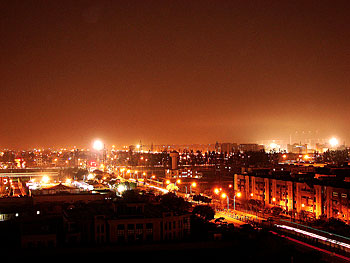 According to the history of Ghaziabad, the initial name of this city was Ghaziuddinnagar. The Vizir, Ghazi-ud-din, who called the city Ghaziuddinnagar after himself, founded the place in 1740; and built a large sarai comprising 120 rooms of masonry with pointed arches. Only the gate, a few portions of the boundary wall and a massive pillar about fourteen feet in height stands presently and the precincts are now being inhabited. His mausoleum still stands in the city but is mostly in ruins. The Jat raja, Surajmal, killed many people of this the city by the Rohillas in 1763. An encounter between the freedom fighters and a small British force took place here in May, 1857, in which the former were defeated while trying to hold the Hindon, thus making the history of Ghaziabad noteworthy. After the opening the railway line the name of the place was shortened to Ghaziabad.
According to the history of Ghaziabad, the initial name of this city was Ghaziuddinnagar. The Vizir, Ghazi-ud-din, who called the city Ghaziuddinnagar after himself, founded the place in 1740; and built a large sarai comprising 120 rooms of masonry with pointed arches. Only the gate, a few portions of the boundary wall and a massive pillar about fourteen feet in height stands presently and the precincts are now being inhabited. His mausoleum still stands in the city but is mostly in ruins. The Jat raja, Surajmal, killed many people of this the city by the Rohillas in 1763. An encounter between the freedom fighters and a small British force took place here in May, 1857, in which the former were defeated while trying to hold the Hindon, thus making the history of Ghaziabad noteworthy. After the opening the railway line the name of the place was shortened to Ghaziabad.
In the last twenty years, the modern history of Ghaziabad reflects the expansion of industries in more than any other city. The rural population has decreased considerably. It seems rapid establishment of new industrial institutions to be the main reason for it. Increase in the urban population of Ghaziabad in its history can be attributed to the influx of people to the city for earning their bread and butter and secondly as the residential problem of the Delhi metropolis is increasing, a large number of people are leaving Delhi to settle in the nearby areas. As Ghaziabad is the most suitable place for its modern facilities its urban population has increased rapidly.
Ghaziabad is a prosperous city from the historical cultural, mythological and archeological point of view. This has been proved from the research work and excavations done in the district. The excavation executed at the mound of Kaseri situated on the bank of river Hindon, 2 km north from Mohan Nagar shows that civilization was developed here in 2500 B.C. Garhmukteshwar which provides salvation to the people and the Pooth village situated on the banks of river Ganaga are associated with the Mahabharat period. Nearby is the Ahar region which was supposed to be the capital of Pandava`s and Janamejay`s Nag Yagya site. The Loni fort is connected with Lavanasura of the Ramayana period. As per the Gazetteer the fort was named after Lavanasura. On the eastern border of the district is situated the village "Kot" which is associated with the famous emperor Samundra Gupta, who performed the Asvamedha yagya here after destroying the fort and "Kot Kuljam".
During the region of Sultan Muhammad-bin -Tuglak in 1313, the history of Ghaziabad experienced a fearsome battle. The attack of Taimur came on this fort and the human massacre has been well known references in the history of Ghaziabad. The significance of Loni increased during the Mughal period as the Mughal King came here for hunting and pleasure trips. A Baage Ranap is a memorial belonging to that period. However, history of Gaziabad experienced seven wars. The Kot war in the fourth century was fought at Loni and the war between Taimur and the Indian warriors was fought at Surajpur. The war between the ruler of Bharatpur King Surajmal and Najib on the banks of the Hindon River, Maratha-Mughal war, and the war in 1803 between Sir General Lake and the Royal Maratha army were fought here but the most vital war was fought at the banks of river Hindon on 30-31 May, 1857 with the British.
This was the first war of independence fought in the history of Ghaziabad. During the 1857 war, the entire district witnessed prospects of this public war. People living in this city can be proud of their ancestors who were the martyrs of this district for the independence of the country. The history of Ghaziabad has the name of many freedom fighters who played a leading role in the 1949 August revolution and also fought under the guidance of the father of the nation Mahatma Gandhi.
Gaziabad is one of the prolific centers of occupation in present India and the history of Gaziabad has vast contribution for this growth.
